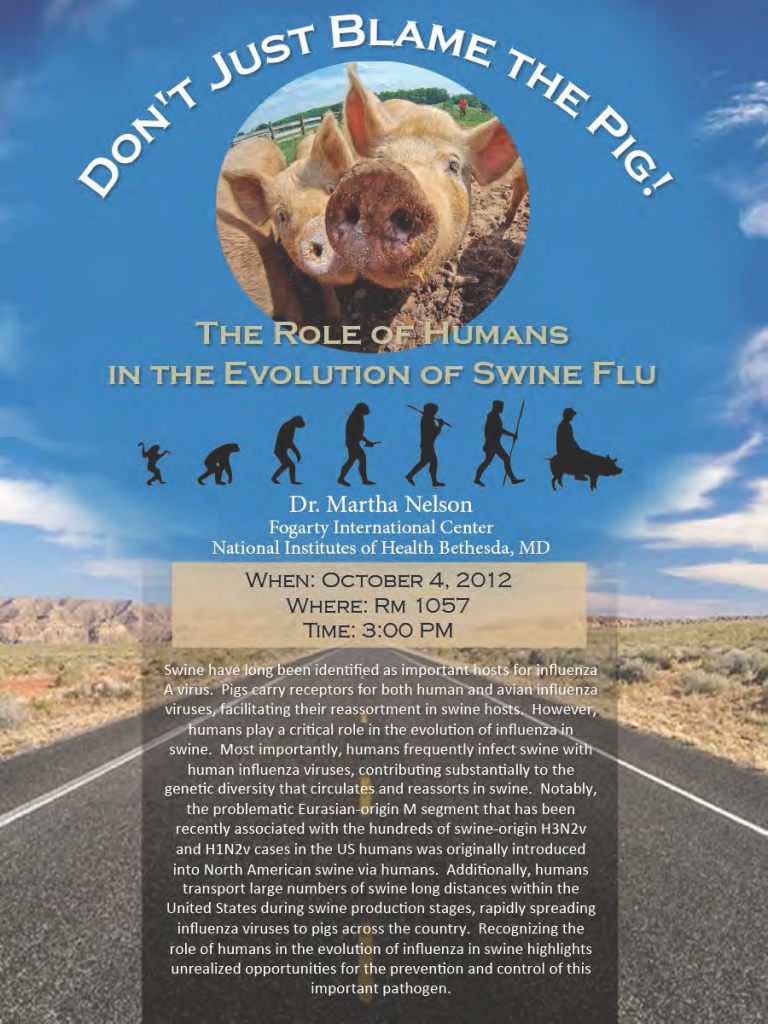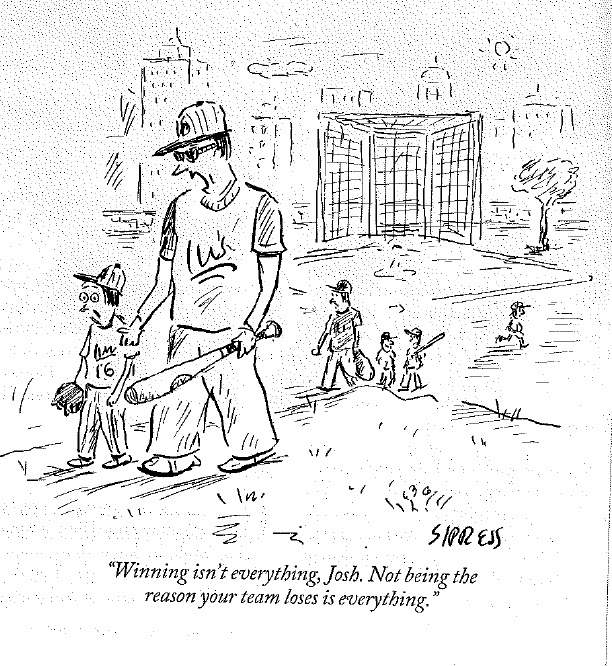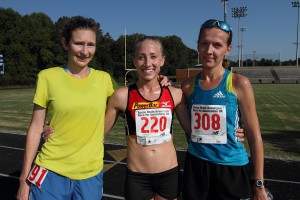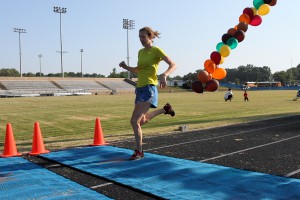Ellen’s Run 5k
Candy Cane City, Chevy Chase, MD
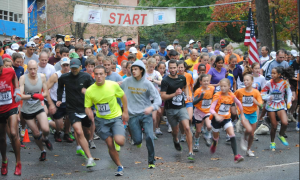
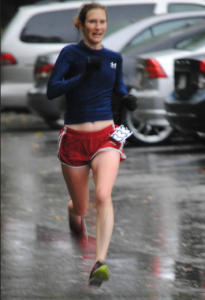
The race day forecast was for a 30 degree temperature drop and hard rain, and my mom and I agreed that we’d play it by ear at Ellen’s Run this year — as much as we love the race and its cause there was no sense getting hypothermia the week before the Baltimore Marathon. Aaron and I were somewhat disappointed when the weather was clear when we woke up race morning, meaning we would have to trudge out of bed. But once we picked up my mom and arrived at the race start in Candy Cane City, I at least was very glad to be there. Ellen’s Run 5k is one of my all-time favorites, a trip down memory lane. The race is held in honor of Ellen Vala Schneider, the mother of a Bethesda-Chevy Chase (B-CC) High School student, who struggled with depression and committed suicide in 2006. The entire BCC community comes out in droves for the race, including the BCC girls and boys cross country teams. I ran for B-CC back when I was in high school, class of 1999, and it’s fun to romp around with the high school kids. For me it’s the closest thing to a BCC homecoming — I always see Mr Mathis, my freshman year history teacher, and Pam Havell, my old soccer coach. Surrounded by gawky teenagers, for a moment I time-warp back to high school. The course also loops around my beloved Candy Cane City and Meadowbrook Stables, where I rode ponies, went bird-watching with my brother, and played tennis with my dad. And most memorably where we had our annual Thanksgiving day football bloodbaths. As I recall, the older the dude, the harder he tackled.
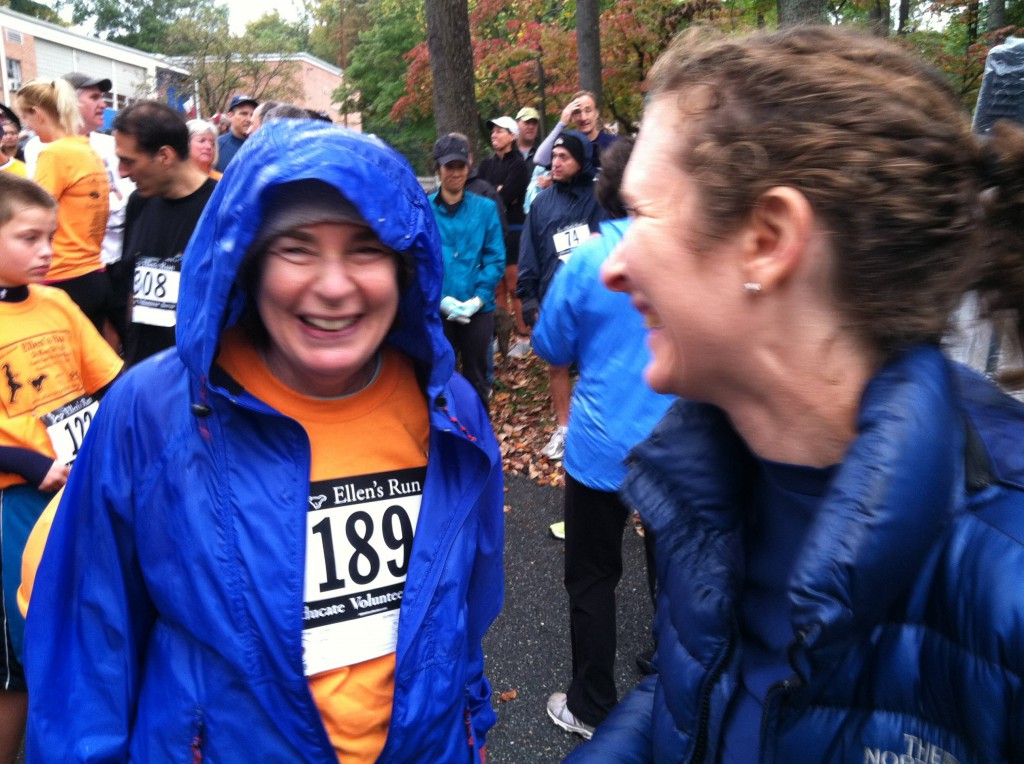
I’ve won Ellen’s Run every year I’ve run it — 2008, 2009, and now 2012. It’s a super-fast course, looping around Beach Drive, Candy Cane City, and Meadowbrook Lane past the horse stables. I ran it this year in 17:34, finishing 5th overall. I have to say, those high school boys are not so used to racing fast women. Lotta testosterone going around. I’m always amused/slightly irked by the boys who kill themselves not to get passed by me and then finish a minute or more behind. After I finish, I loop around to join my mom for her second half of the race, and of course her glorious windmill finish.

It’s heartening to know that even in my old age I can still give those high school boys a run for their money. But seeing those gaggles of B-CC girls together, arms around each other, laughing, I’m reminded of what I felt as a high school runner who, despite being the fastest one on the course always felt like an outsider, and enviously looked in on my friends who ran for the large cross country teams like Walter Johnson and Richard Montgomery, full of fast girls who competed together for the top spots. Today the BCC girls cross country team has 40 girls, is defending state and county champions — when I ran we had bedraggled team of 5 girls (one who walked) that celebrated if we didn’t finish dead last [for a more complete rendering of my high school running experience see the Back Pages post].

